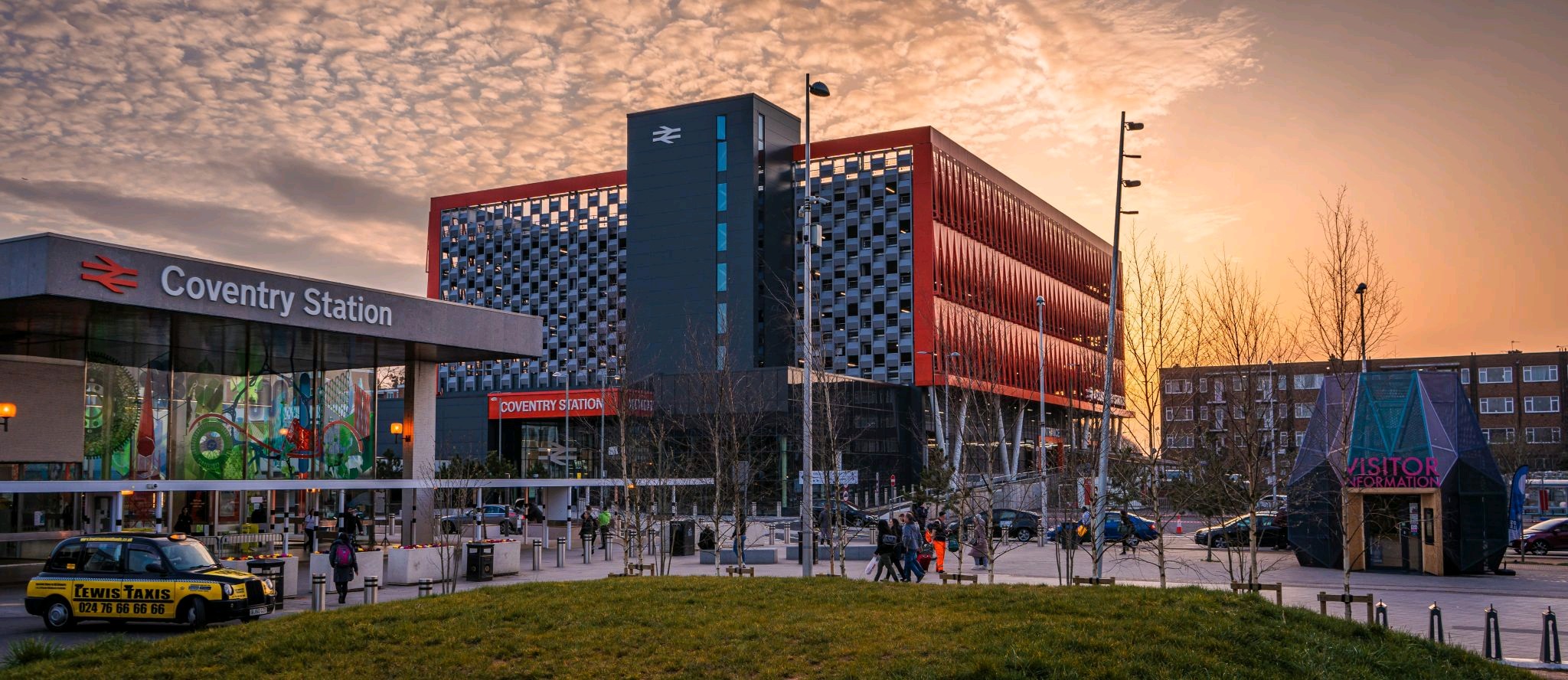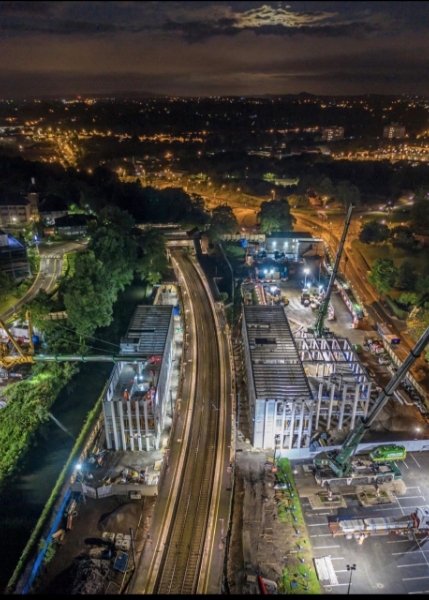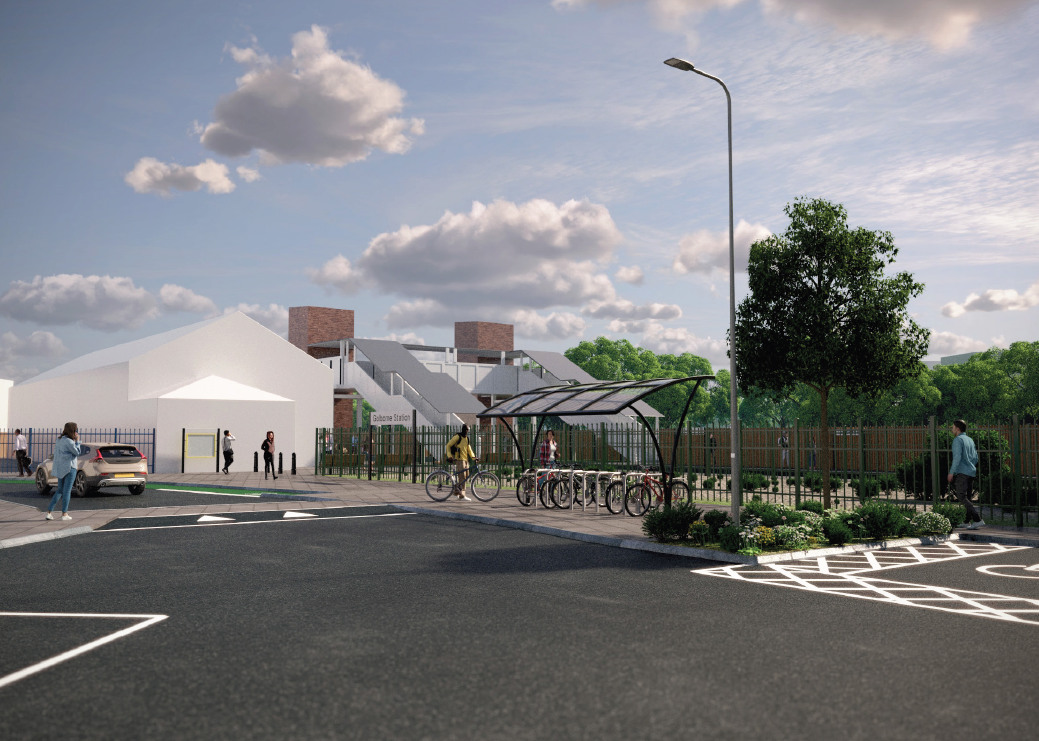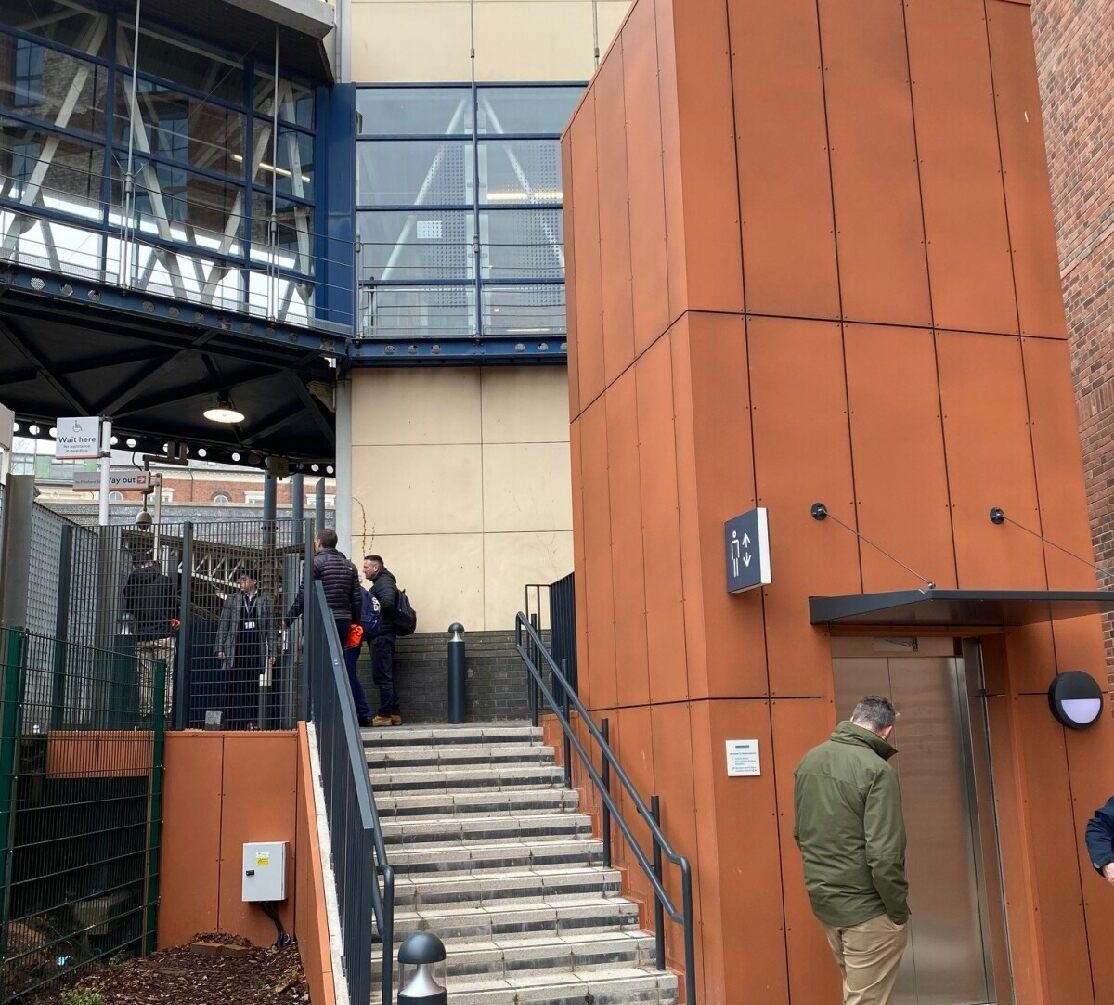HS2 East
Project Overview
HS2 East Partnership asked SLC Rail for technical advice on what would be an optimal solution to increase capacity and connectivity between Birmingham, East Midlands, Chesterfield and Sheffield, Leeds, York and the North East, together with a high level costs for the proposed solution. The technical advice considers infrastructure upgrade options to improve connectivity between the Midlands and Yorkshire/North-east following the cancellation of the eastern leg of HS2 together with high-level costs for the proposed solutions.
Background
Whilst the future of the project is currently uncertain, HS2 is the UK’s proposed high-speed railway to improve connectivity between the South and North of the country. When proposals were initially developed, the proposals were for a Y-shaped new high-speed line running from London Euston to a new Birmingham Curzon Street station and branching west towards Manchester (via Crewe) and east towards Leeds (via East Midlands Interchange).
In November 2021, the Government cancelled the Eastern Arm of HS2 north of East Midlands Interchange. The subsequent publication of the Integrated Rail Plan for the North & Midlands (IRP) was intended to provide a rail investment strategy for the North & Midlands in the aftermath of this scaling back of HS2.
The HS2 East partnership was set up to facilitate the growth of local and regional economies in the East of England by creating additional opportunities and employment. It accomplishes this through collaboration between Combined Authorities and Local Authorities. The cancellation of HS2 East potentially reduced the economic benefits that might have accrued to those local authorities within the sphere of influence of the high-speed line.
In 2021, SLC Rail undertook a piece of work for the HS2 East Partnership that focused on alternative rail investments that might be considered to capture as many of the journey time (and therefore economic) benefits as possible on the London – Leeds axis. With HS2 East being the ‘ideal’, this was a study that considered a range of what were termed ‘sub-optimal’ alternatives.
The IRP, which was published after this 2021 SLC report, offered few (if any) benefits to a corridor of origins and destinations stretching from The Midlands (both West & East) to Leeds and onwards to the North-east. Whilst Birmingham-Leeds would benefit from services operating via HS2 West and NPR over the Pennines, journeys such as Birmingham-Sheffield, Sheffield-Leeds and Sheffield-Newcastle would see no significant improvement in services.
What we did
The 2023 study was remitted to look at plugging the perceived gaps in the IRP and by focusing on infrastructure interventions that would improve services for this Midlands-Yorkshire/North-east axis. Measures for key flows would include headline journey time, frequency and contributions towards relieving overcrowding and decarbonising the rail network. The study would also provide high-level costs for the interventions.
The study recommended a three-phased approach to route development. Phase 1 will capture the benefits of the IRP in advance of HS2/NPR (including, TransPennine Route Upgrade, Midland Mainline Electrification and East Coast Mainline service development). Phase 2 will plug the missing gap between Leeds & Sheffield by constructing the section of HS2 as envisaged between Leeds and Clayton (including a new Leeds station) plus upgrading and electrifying between Clayton and Sheffield to allow HS2 trains to run through to Leeds. Phase 3 will further network enhancements to reduce journey times and provide additional capacity including upgrade of Erewash Valley Line, Nottingham to Newark and the Leamside Line in the North-east.
Key achievements
- Successfully identified opportunities for headway reductions, resulting in a potential increase of up to 3 to 4 additional paths per hour. This strategic optimisation has potential to significantly enhance operational efficiency and pave the way for improved productivity.
- Developed innovative solutions to meet and exceed the committed journey time from North East to London, as outlined in the Integrated Rail Plan (IRP). These strategic interventions not only ensure adherence to regulatory commitments but also contribute to a more streamlined and efficient transportation network, enhancing overall service reliability and customer satisfaction.
- Strategically designed a flexible infrastructure that anticipates and accommodates future service requirements. This forward-thinking approach ensures adaptability to evolving industry demands, positioning the project for sustained growth and the ability to seamlessly integrate emerging technologies and service enhancements.
- Successfully designed strategies to achieve faster journey times between key routes, including Birmingham to Leeds, Birmingham to Sheffield, York, and the North East. These improvements not only potentially enhance the overall efficiency of the transportation network but also contribute to a more competitive and customer-centric service.
- Successfully designed much needed improved connectivity between the West and East Midlands, Chesterfield, Sheffield, Leeds and the North East. This initiative addresses crucial connectivity gaps, fostering seamless transportation and promoting economic growth across regions. The improved network can contribute to increased accessibility, efficiency, and collaboration among key locations, thereby enriching overall regional connectivity.
Next steps
This study, whilst to some extent having been overtaken by the further scaling back of HS2 (in particular the section between Birmingham and East Midlands Interchange), will continue to provide a focus and lobbying tool for the HS2 East Partnership in seeking to secure the rail service improvements that are necessary to allow the economies of the Midlands and the North of England to flourish in the future.






